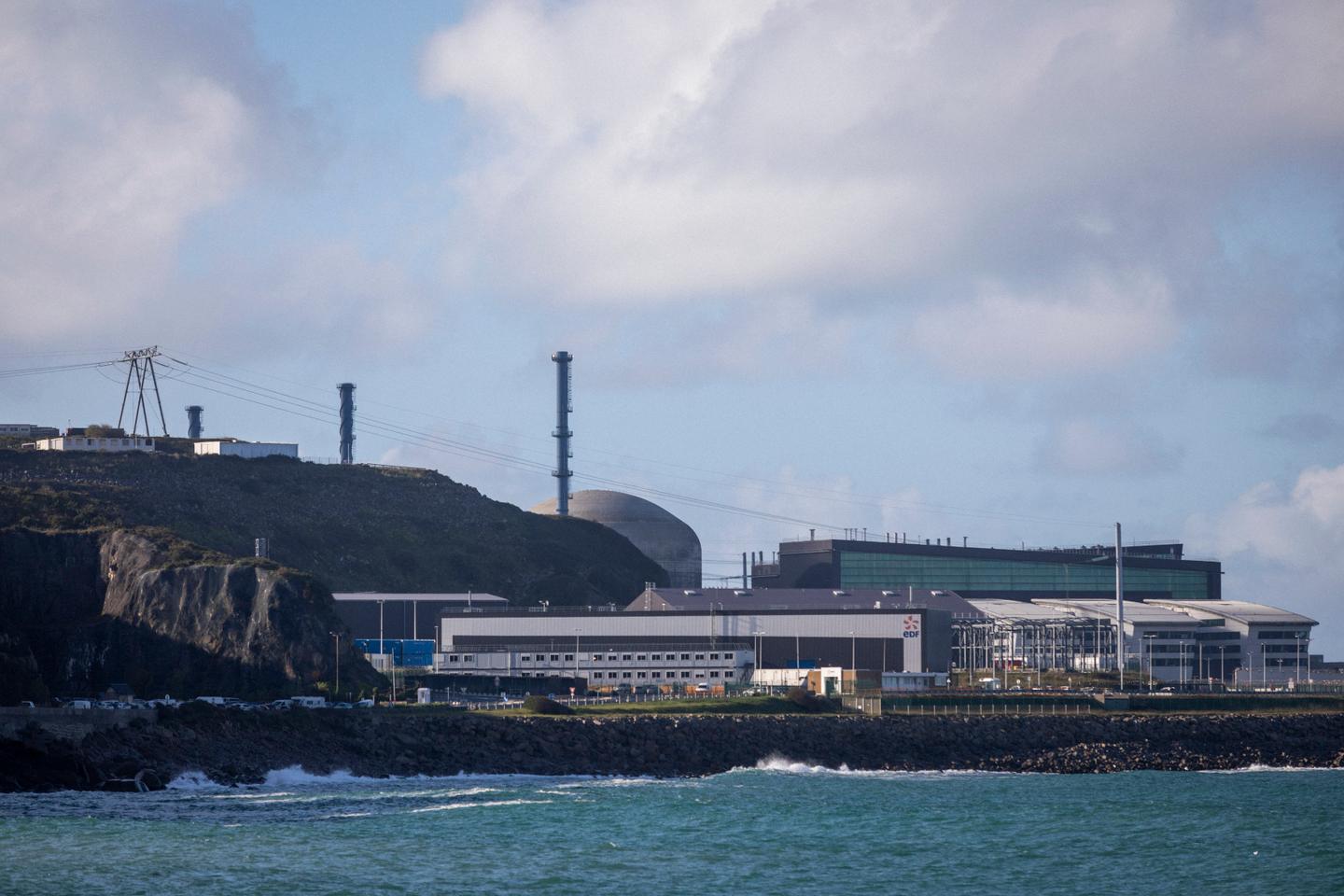- cross-posted to:
- nuclear@feddit.nl
- cross-posted to:
- nuclear@feddit.nl
Summary
France’s Flamanville 3 nuclear reactor, its most powerful at 1,600 MW, was connected to the grid on December 21 after 17 years of construction plagued by delays and budget overruns.
The European Pressurized Reactor (EPR), designed to boost nuclear energy post-Chernobyl, is 12 years behind schedule and cost €13.2 billion, quadruple initial estimates.
President Macron hailed the launch as a key step for low-carbon energy and energy security.
Nuclear power, which supplies 60% of France’s electricity, is central to Macron’s plan for a “nuclear renaissance.”



For example, my nuclear launch failsafe, is an example of a human failsafe, that works 100% of the time, unless both humans agree to the launch.
And yes, human supervision can, and should be, the final fail safe for any critical system.
And yes, human failsafes work, when properly designed, and implemented. That’s what “fail safe” means. ie, a PBR reactor is “fail safe” by design, as if anything happens, the pebble pile collapses, and criticality cannot be maintained, without a human intervening. No human, no criticality.
And there were very few, if any human fail safes in the Chernobyl incident, which is a huge reason it failed. And the reactor was not designed to fail safe. Modern reactors are designed to fail safe. Which means they cannot maintain criticality without human intervention.
Something tells me you’re not very up on engineering principles, because fail safes, including human ones, are used all the time. Like bridges that raise and lower, for example. The bridge CAN NOT rise unless someone is there, holding the button. And it will start a safe descent if the human releases the button. It fails in a safe manner, without human intervention.
Oh, you’re actually just trolling. Almost got me, nice one.